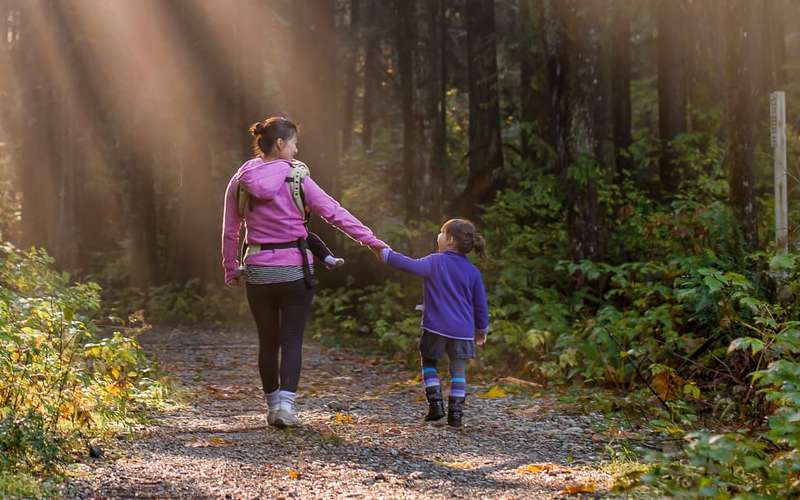Released this week, research from Roy Morgan conducted in December found Australians as a whole expected prices to increase 4% annually over the next two years.
Young parents had the highest price rise expectations than any other household type, expecting prices to increase 4.5%.
Meanwhile their child-free compatriots had the lowest expectations, believing prices would increase by only 3.3%.
“The expectation of young parents clearly shows the impact starting a family can have on perceptions," Roy Morgan CEO Michele Levine said.
"With their growing families, this group is already feeling the pinch and they expect that to continue.
"This leads to price expectations that are higher than those of older families and households and also higher than their counterparts without young children, who are likely to be enjoying dual incomes without extra expenses such as childcare."
Roy Morgan identified six Household Life-Cycle stages:
- Young Singles: Head of household is aged under 45, respondent is single, and household has no children under 16.
- Young Couples: Head of household is aged under 45, respondent is married/de facto, and household has no children under 16.
- Young Parents: Head of household is aged under 45, and household has child(ren) under 16 present (also includes single parents).
- Mid-Life Families: Head of household is aged between 45 and 64, and household has child(ren) under 16 present.
- Mid-Life Households: Head of household is aged between 45-64, and household has no children under 16.
- Older Households: Head of household is aged 65 or older or retired
At the state level, Queenslanders and Tasmanians expected the highest price rises, at 4.6% and 4.5% respectively.
Western Australians and South Australians forecast the most moderate price rises, with 3.7% for both states.
Roy Morgan for its report surveyed 4,106 Australians aged 14+ and asked the questions:
- Prices: “During the next 2 years, do you think that prices in general will go up, or go down, or stay where they are now?”
- 2a) If stay where they are now: “Do you mean that prices will go up at the same rate as now or that prices in general will not go up during the next 2 years?
- 2b) If go up or go down: “By about what per cent per year do you expect prices to (go up/ go down) on average during the next 2 years?”
- “Would that be (x%) per year, or is that the total for prices over the next 2 years?”
Price expectations much higher for Young Parents than Young Couples with no children. Australians as a whole expect prices to increase by 4% annually over the next two years, according to Roy Morgan surveys conducted in December, a slight... #auspol https://t.co/SfW6VDL7Ea pic.twitter.com/EMDCws4Ejw
— Roy Morgan (@roymorganonline) January 29, 2020
Expectations exceed inflation data but reflect other research
The price rise expectations far exceed Australia's current annual inflation rate, which sits at 1.8% per annum, as well as the average forecast of economists, who expect the annual inflation rate to be 1.9% by the end of 2020.
But the expectations reflect NAB's recent consumer anxiety research, which found overall anxiety over cost of living was up 0.4 points in the fourth quarter of 2019, to 57.7 points (on a scale of 0-100).
NAB's report also found Australians were spending less on luxuries and taking out less credit, while dedicating more of their budget to paying down debt and contributing extra to superannuation.

Ready, Set, Buy!
Learn everything you need to know about buying property – from choosing the right property and home loan, to the purchasing process, tips to save money and more!
With bonus Q&A sheet and Crossword!

.jpg)